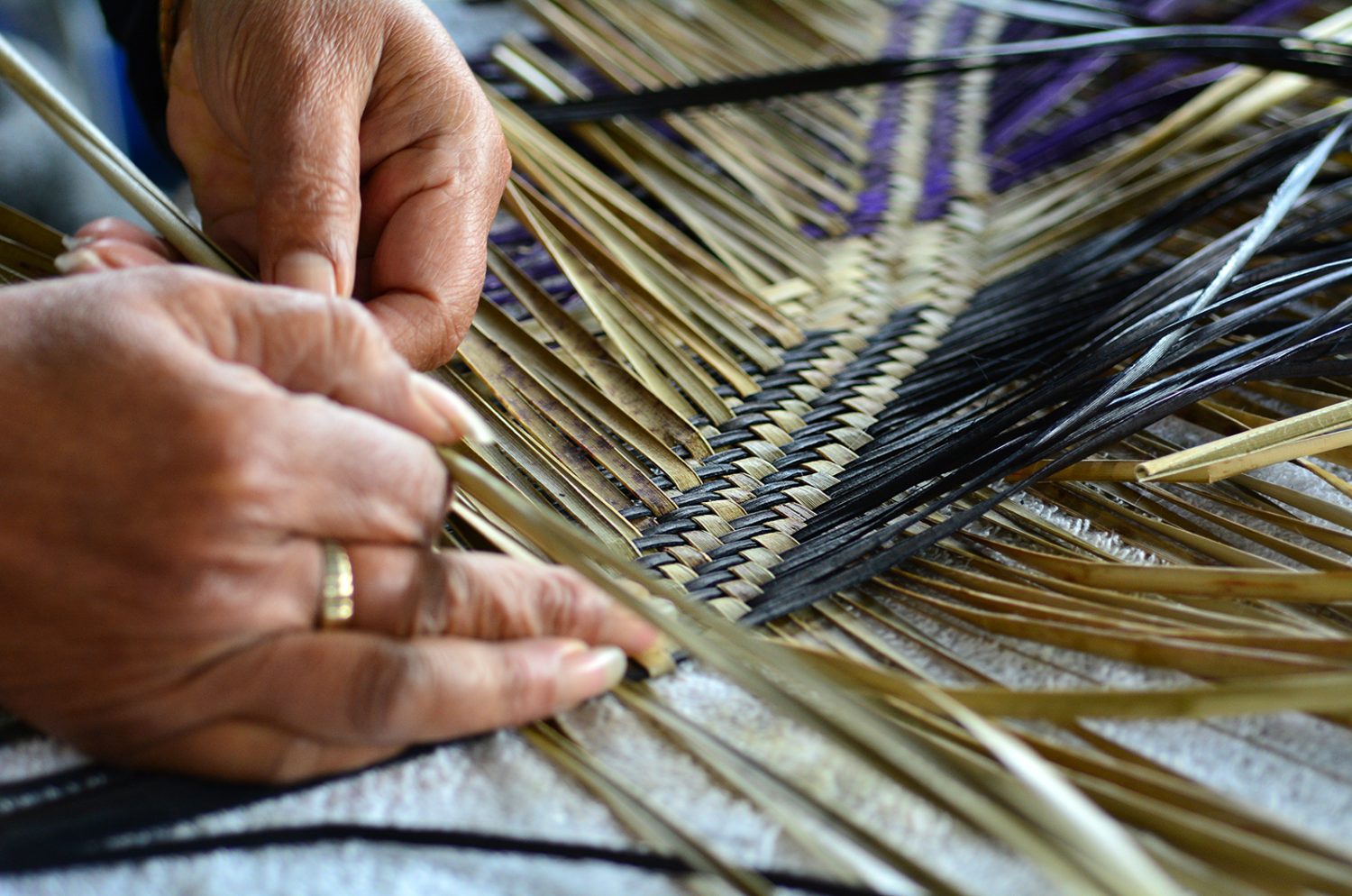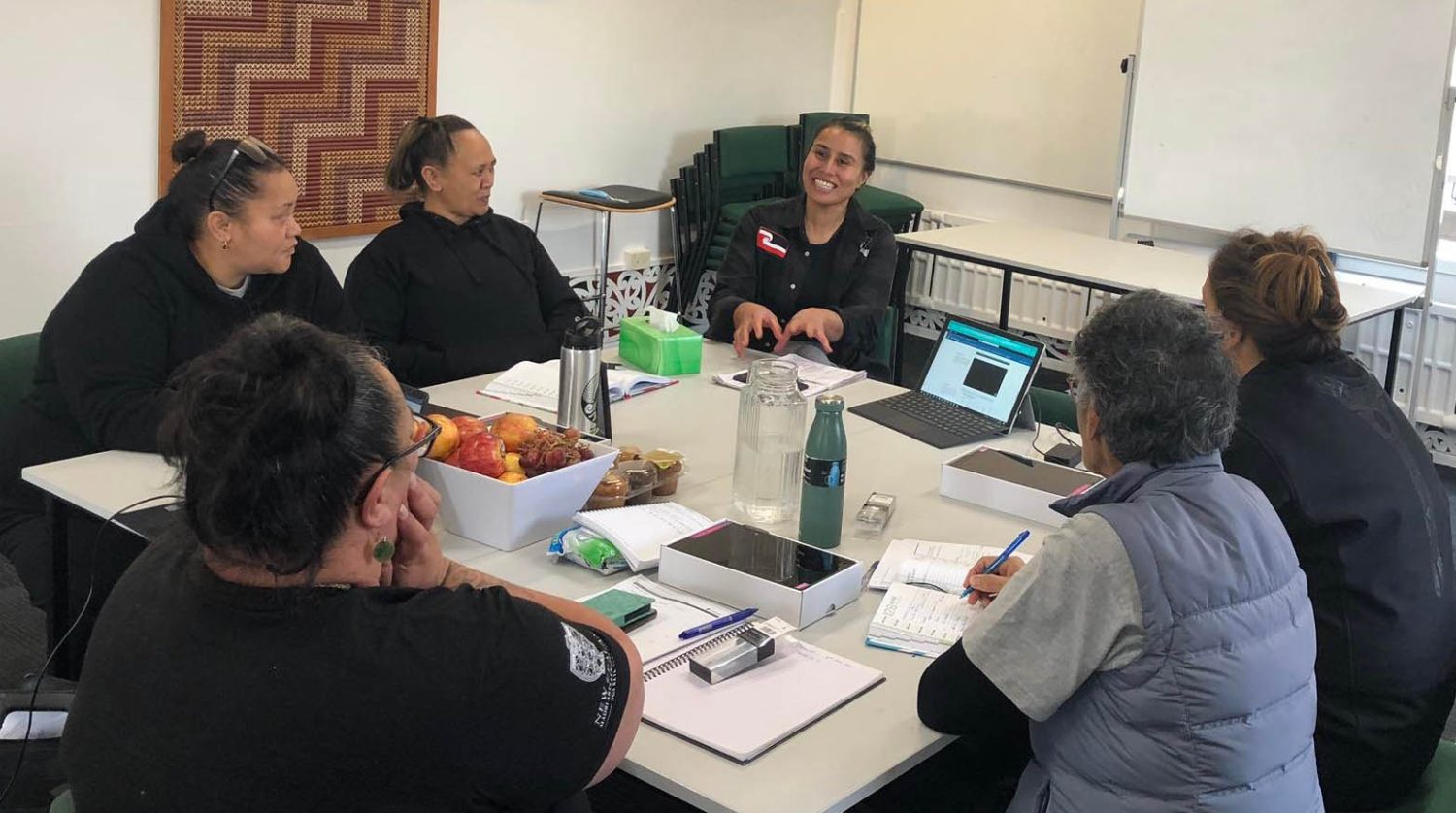In Māori culture, a pā harakeke is an area where harakeke (flax) are planted together. Thought is given when choosing the type of harakeke, and care is taken to ensure that it is planted in an environment that will nurture growth, with each plant having room to thrive.
Just as the pā harakeke gives consideration to nurturing and planting that which is fit-for-purpose, the research which is being undertaken in partnership between The University of Auckland and Te Arawa Whānau Ora Collective, reflects the way this project seeks new ways to collaborate, design, and work together.
The mahi that Dr Hikaka and her team have chosen to focus on is twofold: to develop an injury prevention, rehabilitation, and recovery workforce with iwi and communities; and to establish the impact of the new workforce on individuals and communities over time. This iwi-driven study is co-designed and co-created with communities and researchers, and informed by local data specific to the area.
Just as the pā harakeke gives consideration to nurturing and planting that which is fit-for-purpose, the research which is being undertaken reflects the way this project seeks new ways to collaborate, design, and work together.
Why does co-creation and co-design matter? Iwi-driven and co-designed models of care have the potential to improve current inequities in injury-related health and wellbeing outcomes for older Māori. Paeārahi (community navigators) are Māori practitioners deeply rooted in te ao Māori, who centre their wellbeing approaches on mātauranga Māori, and are welcomed by whānau and communities. Previous research studies have shown that Paeārahi have a positive impact on cardiovascular and diabetes-related outcomes for Māori.
About the research
Research suggests older Māori in Te Arawa iwi area (in Lakes and Bay of Plenty District Health Boards (DHBs) may be at more risk of age-related, unintentional injury than other Māori nationally, and non-Māori regionally.
This project seeks to provide iwi-led prevention and recovery for older Māori and their whānau. It encompasses a whole of whole-of-whānau approach that enhances engagement and sustainability.
This project seeks to provide iwi-led prevention and recovery for older Māori and their whānau. It encompasses a whole of whole-of-whānau approach that enhances engagement and sustainability. The research team will upskill paeārahi in injury, recovery, and rehabilitation knowledge using a co-designed training package, then develop and test a co-designed paeārahi injury care model.
The approach taken in this project is innovative as it aims to provide an evidence-base of how iwi-driven services, centred on Māori approaches and mātauranga Māori, can improve outcomes for older Māori who are at risk of sustaining injury, or those that do sustain injury to improve recovery.
Our hope for the Whaioranga te Pā Harakeke study is to improve the lives of older Māori and their whānau using interventions developed by Māori, for Māori, with Māori to create positive sustainable change, that privileges Māori through the research process.

